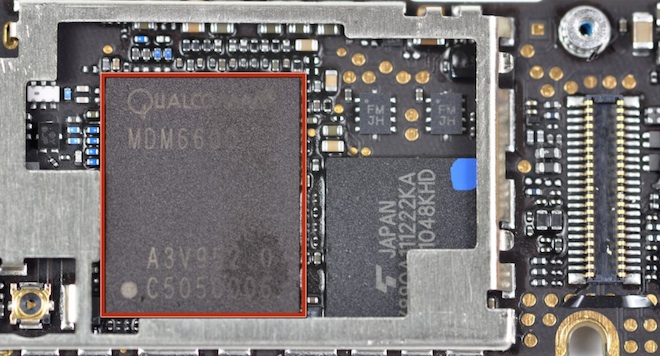Last week Qualcomm announced that they were going to acquire Rapid Bridge for an undisclosed sum of money. Rapid Bridge, based out of San Diego, has expertise in the field of chip design. According to EE Times they’re known for what’s called “Liquid Cell”, which can best be described by thinking of all the elements that go into making a system on chip as a bunch of blocks; “Liquid Cell” will enable Qualcomm to better move around those blocks wherever they see fit and optimize for power usage and die space. Rapid Bridge claims that their technology can reduce idle and dynamic power consumption by 20% to 40% respectively, and that it can also reduce die sizes by up to 35%. The obvious benefits of reduced power consumption doesn’t need to be explained, but the reduced die space is what’s important here. Processors are made by cutting up a large silicon wafer. If you’re cutting up smaller pieces then you get more processors per wafer and are thus able to make chips cheaper. On the flip side, Qualcomm could just as well figure out how to put up to 35% more blocks on their chips and not take up any additional space.
When we say blocks we mean the parts that make up the components that go on a processor die, better known as a chip. The application processor, graphics processor, system input/output, dedicated 1080p video encode/decode engine, trusted platform module, etc., these are all “blocks” that get put on the same piece of silicon, hence the phrase “system on a chip”. It used to be that all those previously described blocks were separate components. You can imagine how much space that would take up on a motherboard and how inefficient it would be, power wise, to route data between them. With Rapid Bridge, Qualcomm is improving their already massive lead in the mobile chipset space that they’ve achieved since introducing Snapdragon to the market.
